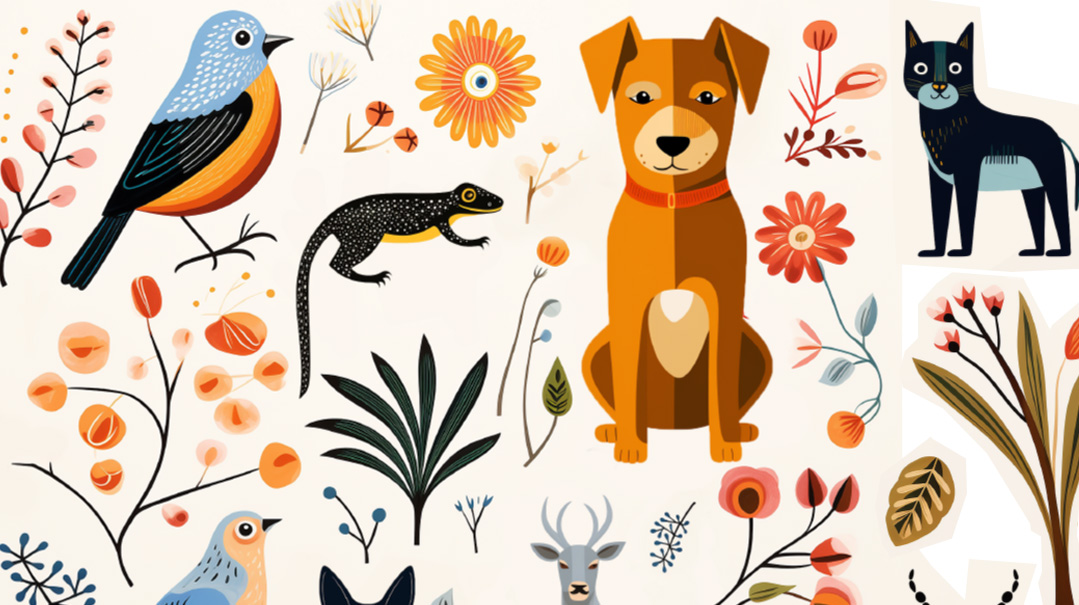Creature Comfort

Animal therapy isn’t your classic form of therapy, but those cute balls of fur are great for our mental health

Devori was a sullen, mistrustful 14-year-old who arrived for therapy in a ripped jeans skirt and a shirt printed with skulls. Her mother was worried she was unmotivated in school and hanging out with friends who were barely observant, but Devori simply clammed up whenever her parents tried to talk to her.
Avi Benmordechai, her therapist, saw it was clear that his client wasn’t ready for talk therapy. She sat facing him, staring above his head at the wall behind him, hardly saying a word. Avi realized she needed a different tack. “Why don’t you come see my animals?” he proposed. “I have some awesome furry friends who are helpful to some of my clients.”
Devori’s whole expression changed when she entered the room full of insects, reptiles, birds, a miniature pony, and therapy dogs and a cat. But she wasn’t quite ready to let go of her hostile persona. “You should get a tarantula,” she said.
Two weeks later, when Devori arrived, Avi took her straight to the animal room. There, in a cage, was a real-life tarantula the size of her hand. “You can hold it if you want,” he said.
The tarantula was a game changer, Avi says. “She was flattered. She felt like I’d heard her. I would convince her to hold the tarantula, and while she was focused on it, she was slowly able to talk about other things that bothered her.”
Animal therapy is an increasingly popular way to help clients in therapy. “Happiness is a warm puppy,” cartoonist Charles Schultz famously said, and journalist Ben Williams took it one step further, saying, “There is no psychiatrist in the world like a puppy licking your face.” For many people, contact with animals is an incredibly effective way to lift depressed moods, cheer up the sick and homebound, and bond with the animals and therapists. And for those with paralyzing fears of animals, exposure therapy can help overcome those phobias.
Oops! We could not locate your form.







